Moving The Masses: Emotion Work In The Chinese Revolution
Previous explanations of the Chinese Communist revolution have highlighted (variously) the role of ideology, organization, and/or social structure. While acknowledging the importance of all these factors, this article draws attention to a largely neglected feature of the revolutionary process: the mass mobilization of emotions. Building upon pre-existing traditions of popular protest and political culture, the Communists systematized "emotion work" as part of a conscious strategy of psychological engineering. Attention to the emotional dimensions of mass mobilization was a key ingredient in the Communists' revolutionary victory, distinguishing their approach from that of their Guomindang rivals. Moreover, patterns of emotion work developed during the wartime years lived on in the People's Republic of China, shaping a succession of state-sponsored mass campaigns under Mao. Even in post-Mao China, this legacy continues to exert a powerful influence over the attitudes and actions of state authorities and ordinary citizens alike.

